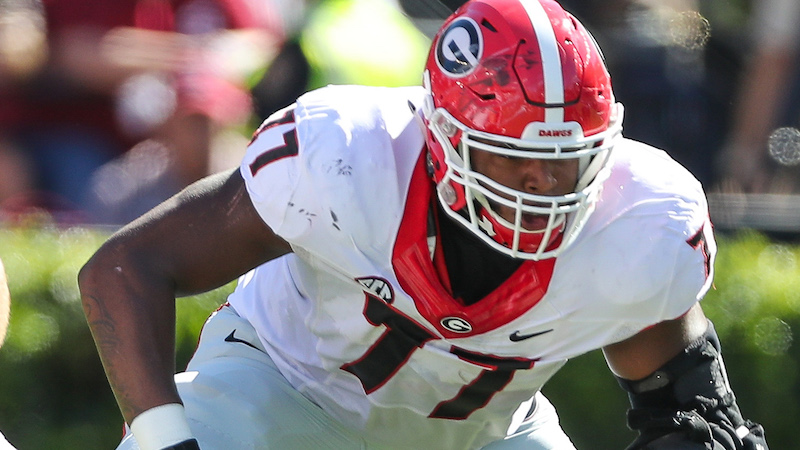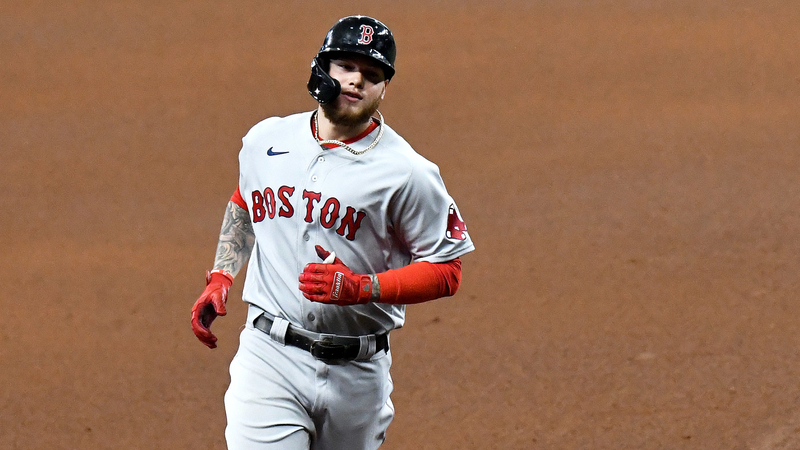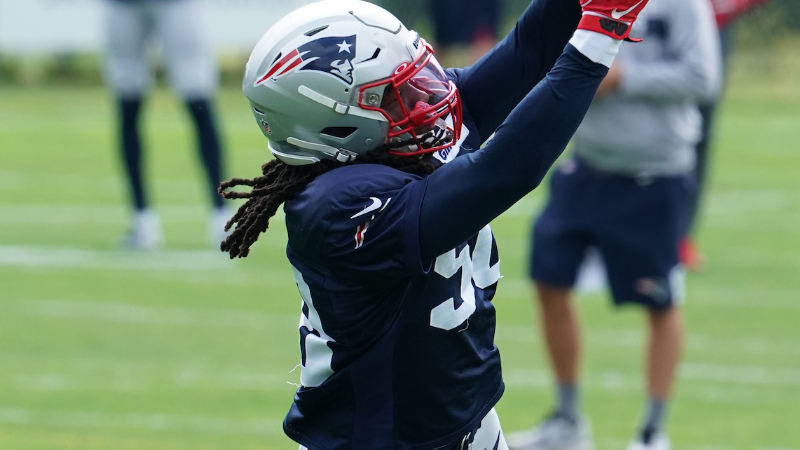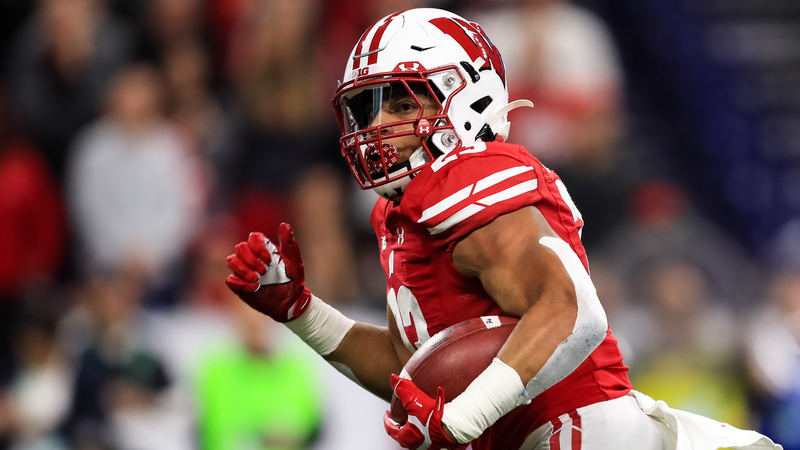The Boston Red Sox entered Friday with the best record in Major League Baseball. Aside from their recent three-game losing streak, they’ve been firing on all cylinders to begin the season, receiving impressive production from both their offense and the pitching staff.
So perhaps it’s unfair to nitpick — what more could Red Sox fans ask for? — and manager Alex Cora should largely stick with what’s worked thus far. There’s still a head-scratching dilemma facing the Red Sox, though, centering around Blake Swihart and Boston’s catching situation.
The Red Sox were adamant during spring training that Swihart was working toward filling a utility role, an insistence that made sense on some level but didn’t quite match up with how much time he spent in catcher’s gear while practicing on the back fields at JetBlue Park. It was like the Red Sox were trying to balance his continued development as a backstop — either with a long-term vision or a potential trade in mind — with grooming him in a way that would make him a useful piece in their 2018 puzzle.
The result? Swihart cracked the Opening Day roster, with Boston trading Deven Marrero to the Arizona Diamondbacks and sending Tzu-Wei Lin back to Triple-A Pawtucket. It wasn’t all that shocking, seeing as how Swihart is out of minor league options and has too much upside to risk losing him for nothing via waivers if the Red Sox designated him for assignment. But it again raised questions regarding Swihart’s role and whether he’d eventually become part of Boston’s catching mix in addition to logging time at designated hitter, first base, left field and wherever else Cora felt comfortable deploying him.
To this point, Cora hasn’t considered using Swihart as a catcher. Swihart hasn’t played a single inning behind the plate this season, and the skipper said Wednesday there currently are no plans for the 26-year-old to catch anytime soon.
Cora on WEEI about whether there’s a chance Swihart will get an opportunity behind the plate with Vazquez/Leon struggling offensively: ‘As of now, no.’
— Alex Speier (@alexspeier) April 25, 2018
This would make more sense if Swihart had a defined role — something tangible Cora could point to as not wanting to remove Swihart from — or if the Red Sox weren’t receiving virtually zero offensive production from their current catching tandem of Christian Vazquez and Sandy Leon.
The Red Sox entered Friday ranked second in the majors in runs scored (136) and OPS (.793) behind the New York Yankees. They ranked first in average (.270). However, Boston’s .410 OPS and 11 wRC+ from the catching position were the worst marks in the bigs. Maybe Cora should at least consider using Swihart as part of the Red Sox’s catching recipe, especially with the 2011 first-round pick receiving very little playing time elsewhere. (He didn’t play at all during the Red Sox’s three-game series against the Toronto Blue Jays and has just 18 plate appearances all season.)
The argument against using Swihart behind the plate obviously comes down to defense and the success of Boston’s pitching so far. Vazquez and Leon both are superior defenders, and the Red Sox’s offense collectively has been so good that Boston can afford to have a weak link in its lineup if it means continued consistency from the mound.
That argument doesn’t take into account Swihart’s development or trade value, though, as neither seem to benefit from the former top prospect being relegated to a job that includes nothing more than sporadic playing time at DH, first base and left field — three positions where the Red Sox have plenty of alternatives.
And it also doesn’t explain why the Red Sox can’t be more aggressive in pinch-hitting or pinch-running for Vazquez and/or Leon in late-game situations knowing that Swihart is fully capable of throwing on the mask and catching if necessary.
Cora probably doesn’t want to tinker too much amid the Red Sox’s success. That’s fair. But one can’t help but wonder whether Boston is taking enough advantage of the unique skill set Swihart provides. Not every major league team has a player who is as athletic as Swihart — able to catch and play other positions while providing some offensive punch — and he could become a real weapon off the bench in time if the Red Sox begin to use him more freely.
For now, Swihart is stuck in the mud, with an injury, a prolonged slump from someone else or a trade seemingly representing his only paths to an increased role. It’s not the worst thing in the world, because the Red Sox otherwise don’t have many flaws and Swihart’s ascent would seem to suggest something went awry. But it’s worth watching, namely as it relates to the Red Sox’s catching conundrum.
We’re one month into the season, and the narrative surrounding Swihart is as strange as ever.






